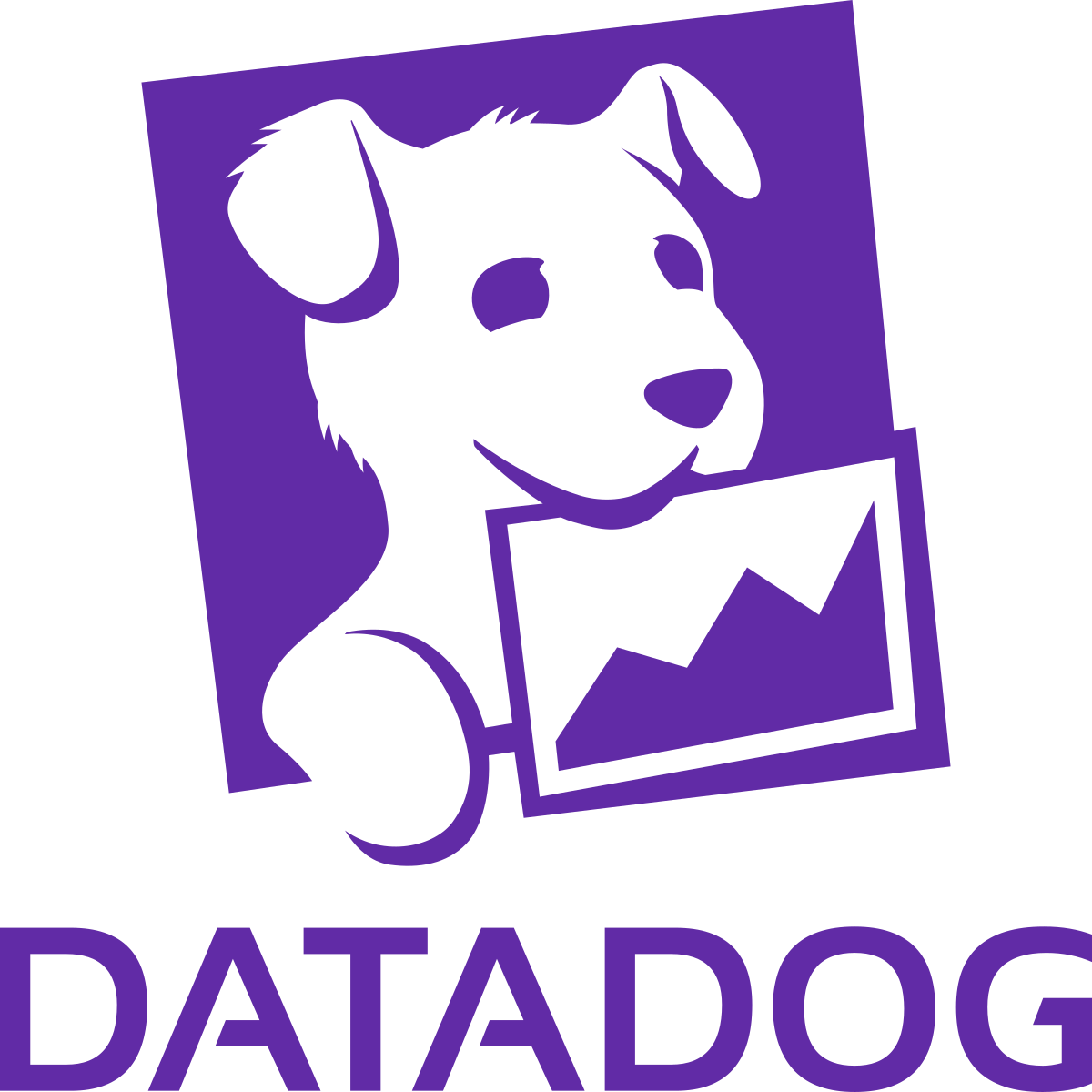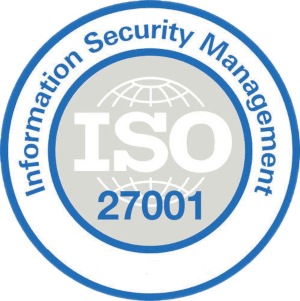24/7 Monitoring & Support
Rapid response to technical issues and performance concerns.
Rapid response to technical issues and performance concerns.
Prevent downtime with regular updates and security patches.
Ensure your systems are fast, reliable, and ready to grow.
Regular audits and updates to maintain data integrity and regulatory compliance.
Reduce operational costs with a dedicated team handling your maintenance needs.
Continuous performance tracking and issue resolution.
Quick identification and resolution of technical problems.
Keeping your systems secure and up to date.
Enhancing speed, scalability, and efficiency.
Ensuring adherence to industry regulations.
A reliable team ready to handle your software needs.



Evaluating current software health and support requirements.
Assigning a team and defining service levels.
Tracking system performance and detecting potential issues.
Implementing updates, patches, and security improvements.
Ensuring long-term stability and efficiency.
 Datadog
Datadog
 Nagios
Nagios
 ISO 27001 Standards
ISO 27001 Standards
 Docker
Docker
 Kubernetes
Kubernetes
 Jenkins
Jenkins
 AWS
AWS
 Google Cloud
Google Cloud
 Azure
Azure